Mozambique: Petromoc's profits tank 90% in 2024
Mozambique: HCB seeks partners for its northern power plant and solar power plant
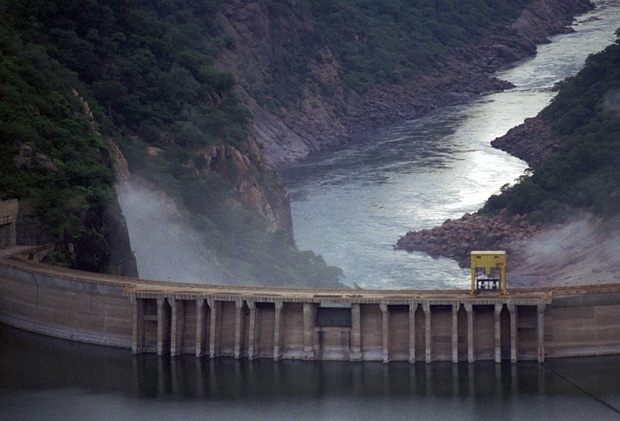
File photo: Lusa
The Cahora Bassa Hydroelectric Plant (HCB), in central Mozambique, will begin seeking “strategic partners” to develop the dam’s solar power plant and northern power plant, projects that the Mozambican energy giant classifies as ‘structural’.
This information is included in HCB’s 2024 annual report and accounts, published in June and reviewed by Lusa this Tuesday (15 July), in which the HCB management says that it will “maintain focus on implementing modernization, diversification, and expansion projects, with new momentum after the completion of the strategic analysis that guides the Company toward objective choices”.
“Public tenders will be launched to identify strategic partners for the co-development of the 400 MW photovoltaic power plant and the Cahora Bassa Northern Power Plant, as part of the company’s business diversification and expansion,” it reads.
HCB is a private limited company, 85% owned by the state-owned Zambeze Electricity Company and 7.5% by the Portuguese National Energy Networks (REN). The company holds 3.5% of its own shares, while the remaining 4% is held by Mozambican citizens, companies, and institutions.
The Cahora Bassa dam, in Tete province, was built during the Portuguese colonial period. Its reservoir is the fourth largest in Africa, with a maximum length of 270 km and 30 km between banks, covering 2,700 square km and an average depth of 26 metres. It employs nearly 800 people and is one of the largest electricity producers in southern Africa, supplying neighbouring countries.
Commercial operation of that dam began in 1977, with the transmission of the first 960 MW, produced by three generators, compared to the current installed capacity of 2,075 MW, from a single plant to date, according to data from HCB.
HCB posted profits of 14.1 billion meticais (€195.7 million) in fiscal year 2024, a growth of almost 8.5% compared to 2023. This is “the largest in the company’s history” and the “combined result” of the total production generated last year, of 15,753.52 Gigawatt-hours (GWh), and the adjustment of the tariff for energy sales abroad.
HCB’s chairman, Tomás Matola, previously told Lusa that the major energy challenge in Mozambique at the moment is meeting the growth in domestic demand, due to the development of Mozambique’s economy and industrialization, and regional demand.
He added that the region has “an energy deficit exacerbated by South Africa”, but that, at the same time, this is “an opportunity for Cabora Bassa to grow and expand.”
Tomás Matola emphasized that Cabora Bassa still “has the same capacity for production left behind by the Portuguese,” but also has expansion projects.
One of these projects is the Central Norte, currently under study, which Matola believes will be approved by the Council of Ministers this year, with construction potentially beginning within two years and extending until 2031 or 2032.
For this investment, HCB “will open capital only for the Central Norte, from a project finance perspective, at 40%,” with the remaining 60% remaining in the hands of HCB, which will use its own resources but will also have to resort to debt to secure the necessary financing.
Another project is the photovoltaic power plant, to produce an initial 400 megawatts of solar energy, which is in the “pre-study” phase, but plans to expand capacity and to be open to private operators. HCB is expected to hold between 5% and 10% of the company equity.



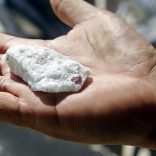
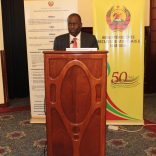

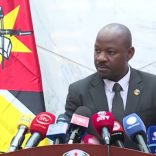
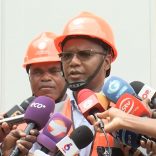
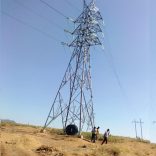

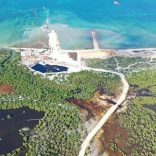

Leave a Reply
Be the First to Comment!
You must be logged in to post a comment.
You must be logged in to post a comment.